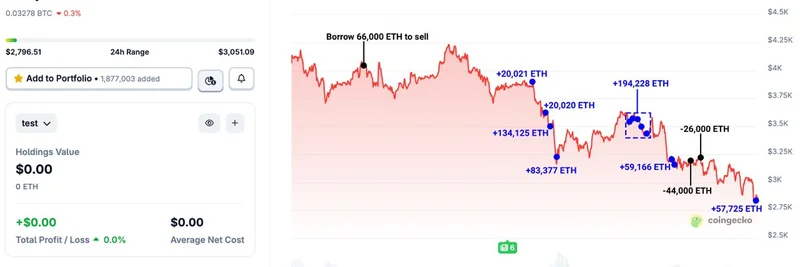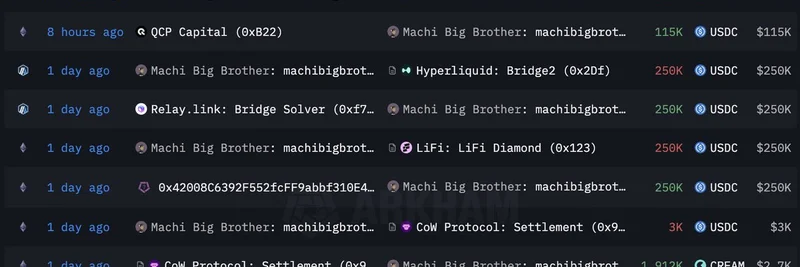In a recent clip from The Rollup's live session at Devconnect in Buenos Aires, Flashbots researcher Quintus Kilbourn, known on X as @0xQuintus, shed light on the ongoing debates surrounding Trusted Execution Environments (TEEs) in blockchain. The tweet from @therollupco highlights a key snippet where Kilbourn challenges common misconceptions about TEE security.
What Are TEEs and Why Do They Matter?
If you're new to this, a Trusted Execution Environment, or TEE, is essentially a secure zone within a computer's processor where sensitive code and data can run isolated from the rest of the system. Think of it as a vault inside your CPU that protects against tampering, even from the operating system or administrators. In the world of Ethereum, TEEs are crucial for projects like Flashbots' SUAVE platform, which aims to democratize Maximal Extractable Value (MEV) by enabling private transaction ordering and auctions.
MEV refers to the profit that can be extracted from blockchain transactions by reordering, inserting, or censoring them—think front-running trades on decentralized exchanges (DEXes). For meme token enthusiasts, this is huge because launches and pumps often attract MEV bots that snipe profits, leaving retail traders at a disadvantage.
Kilbourn's Take on TEE Narratives
In the clip, Kilbourn cuts through the noise: "We're not putting billions of dollars in the TEEs. You can see who's pushing it and what the incentives are." He argues that much of the Twitter chatter exaggerates the risks, implying that critics might have their own agendas. Instead, he points to a bigger elephant in the room—the implicit trust we already place in cloud infrastructure providers like AWS or Google Cloud.
Most blockchain nodes and services run on these clouds, meaning we're already betting on their security without batting an eye. TEEs, in Kilbourn's view, add an extra layer without exposing massive funds directly. This perspective comes from his deep dive into secure hardware, as seen in his talks on podcasts like Into the Bytecode and writings on the Flashbots Collective about "Zero Trust Execution Environments."
Implications for Meme Token Traders
So, how does this tie into meme tokens? Meme coins thrive on hype, volatility, and community-driven trades, but MEV exploitation can turn a fun pump into a frustrating sandwich attack—where bots insert trades before and after yours to profit from price slips.
Flashbots' work with TEEs in SUAVE aims to create a more equitable system. By running MEV auctions in secure environments, it ensures that searchers (MEV hunters) compete fairly without leaking user data. If TEEs prove reliable, as Kilbourn suggests, it could mean fewer front-runs on platforms like Uniswap or Pump.fun, giving meme traders a fairer shot.
Of course, security is never absolute. Recent discussions on Flashbots' forum, like ZTEE: Trustless Supply Chains, highlight ongoing efforts to bolster TEE hardware against supply chain attacks. For meme insiders, staying informed on these tech advancements can help navigate the wild world of crypto trading.
Wrapping Up
Kilbourn's comments at Devconnect remind us that blockchain innovation isn't just about the tech—it's about understanding incentives and real-world risks. As Ethereum evolves, tools like TEEs could level the playing field for everyone, from big players to meme token degens. If you're diving into MEV or secure computing, check out Flashbots' resources at flashbots.net for more.
Keep an eye on Devconnect updates and follow thought leaders like Kilbourn for the latest. In the fast-paced meme token space, knowledge like this is your edge.




